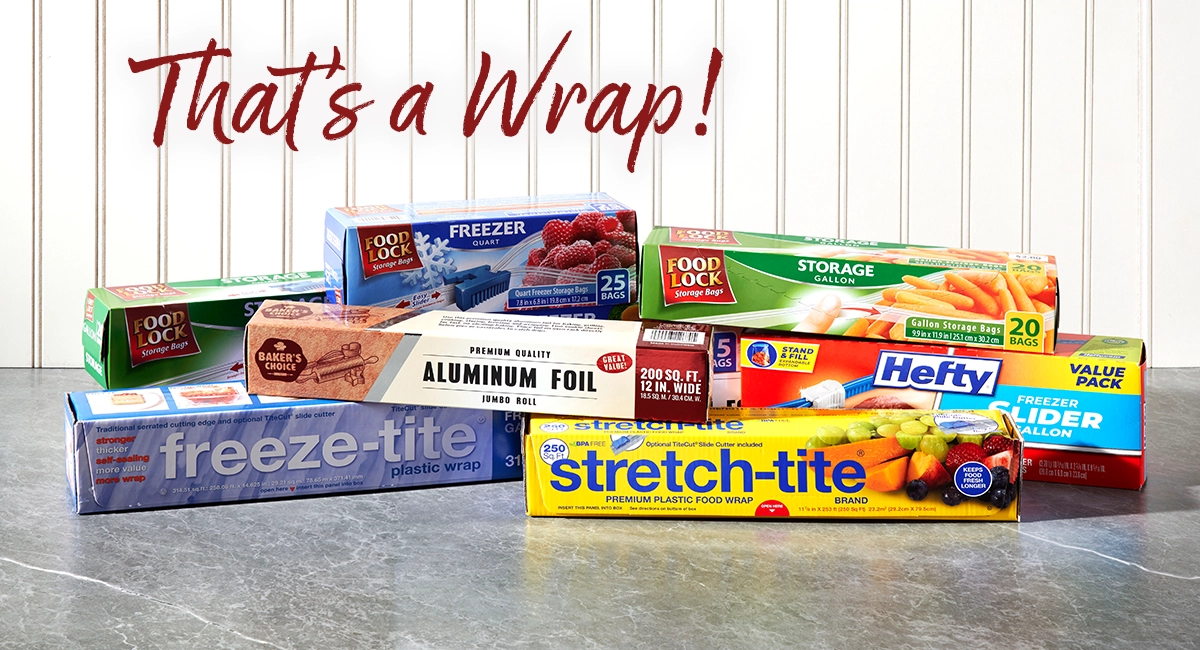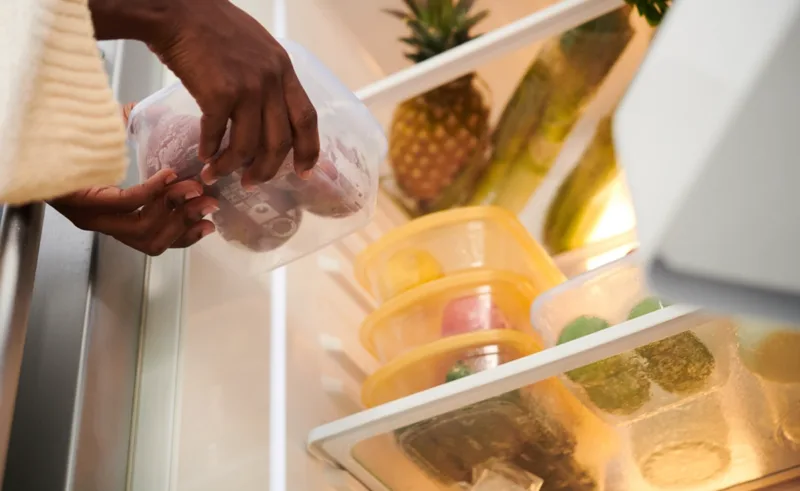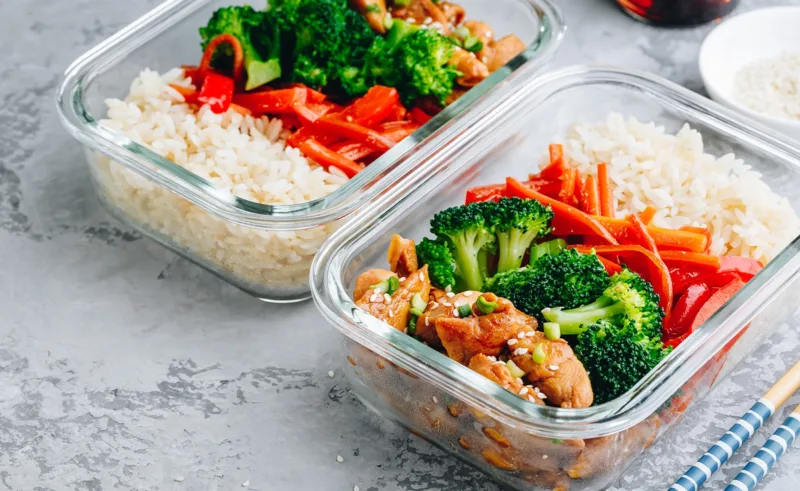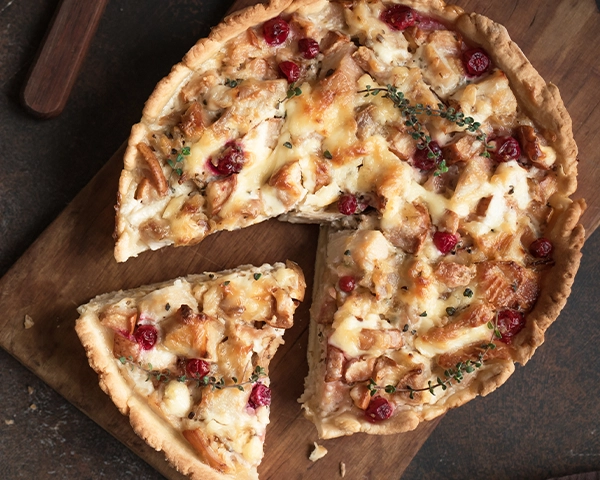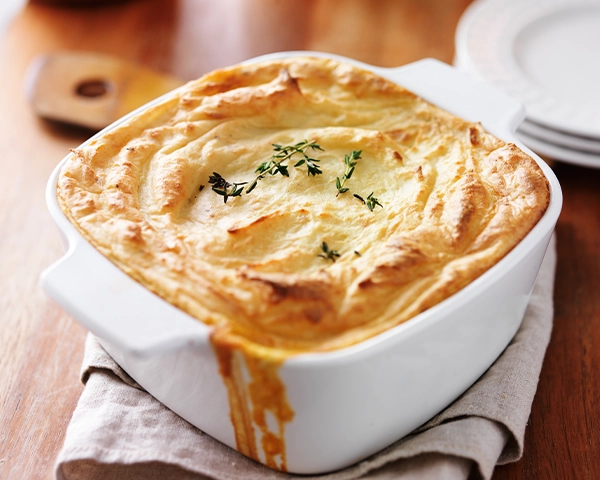Last Updated on November 13, 2024
Thanksgiving is a time for family, friends, and of course, delicious food. But with so much food on the table, it can be easy to end up with loads of leftovers for days.
Properly storing these leftovers can help prevent foodborne illness and ensure that your Thanksgiving feast lasts well into the holiday weekend. Don’t waste the tasty treats you spent your time making. So, follow along with Ocean State Job Lot’s handful of storage tips to keep your leftovers safely ready to eat at your fingertips.
3. Storage Temperatures
Safety is the key to storing your Thanksgiving leftovers, so make sure your temperatures for both your refrigerator and freezer are correct.
- Refrigerator temperature. The refrigerator should be set to 40°F (4°C) or below.
- Freezer temperature. If you plan to freeze leftovers, ensure the freezer is set to 0°F (-18°C) or below.
5. Reheating Leftovers
- Cook thoroughly. Leftovers should be heated to an internal temperature of 165°F (74°C).
- Avoid reheating multiple times. Reheating food multiple times can increase the risk of foodborne illness. So, the rule of the thumb should be to do it once and move on.
- Cover while reheating. Covering food while reheating helps retain moisture and prevents drying.
By following these tips, you can safely store and enjoy your Thanksgiving leftovers for days to come. Remember, when in doubt, throw it out. Foodborne illness can be serious, so it’s better to be safe than sorry. You don’t want to make yourself or others around you sick with Thanksgiving leftovers that were so good the first time.
Happy Thanksgiving from Ocean State Job Lot and Bon Appetit! See you soon!

